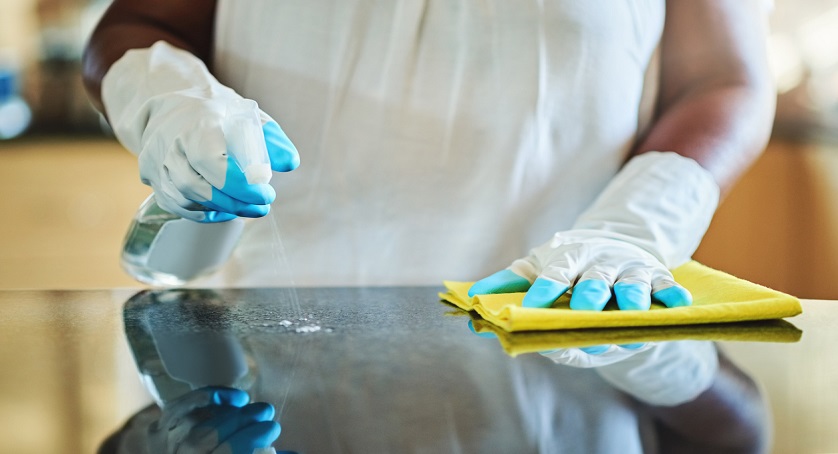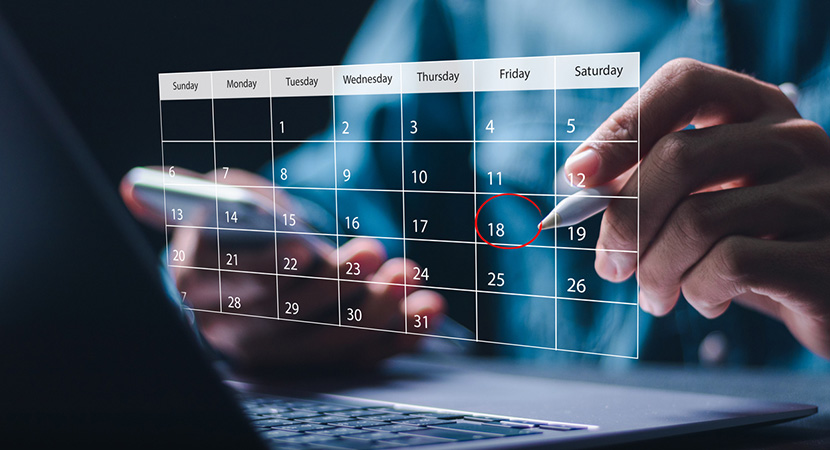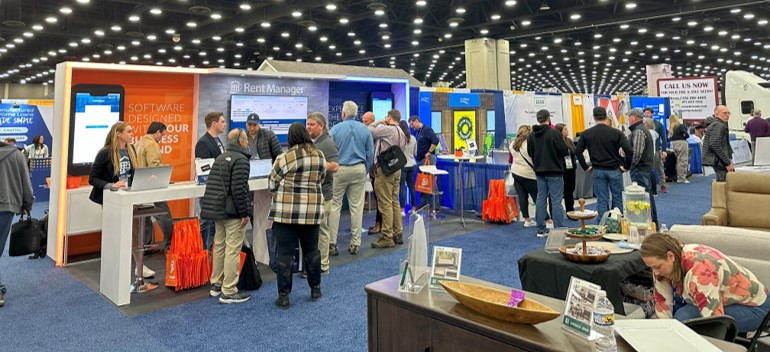At the beginning of the pandemic, it was uncertain how long stay-at-home orders would be in place. Property managers adopted temporary technology measures to service tenants’ needs safely. As properties across the U.S. begin to shape what their new business-as-usual will look like, it’s worth reflecting on which ‘short-term’ social distancing response practices should be implemented long-term.
Response Practices that are Here to Stay
Virtual Tours
While virtual tours existed as an option pre-COVID-19, the focus on social distancing and the desire to remain at home have made this option the go-to way to check out new apartments. Virtual tours allow prospects to view rentals without any physical contact with property staff. Apps like Facetime or Google Hangouts enable leasing agents to build rapport and walk prospective tenants around a property. For residents who still want to view a space physically, the script can be easily flipped. Enter self-guided tours, where prospects walk the area while on a video call with the leasing agents. Regardless, technology is offering new ways to connect prospects with leasing staff.
DIY Maintenance
To maintain social-distancing standards between residents and management staff, many properties responded only to emergency service requests. Common requests like stopping a running toilet and replacing a refrigerator water filter were often deferred to residents to resolve on their own. YouTube videos, step-by-step website instructions, or explainer emails have all been useful ways to share information on easy fixes. The result has been to empower residents to handle minor maintenance needs. As restrictions lift, DIY maintenance may no longer replace service requests, but it remains a useful resource for quickly responding to issues.
Cleaning Away Fears
To protect tenants and employees alike, your staff should continue thorough cleaning practices. This can range from small updates like implementing hand sanitizer stations to more significant changes like scheduling frequent building-wide cleanings, sanitizing high-touch surfaces like elevators, and increasing the spacing of common-area amenities. Properties can virtually enforce social distancing by introducing an electronic reservation system that reduces the capacity for certain shared areas. Continuous and visible cleaning and clear guidance for communal spaces provide renters with peace of mind.
Building Better Response Practices
New builds and renovations will focus on sanitation as property owners choose building designs and materials. Hard surfaces—like brass, bronze, and copper—have natural antimicrobial properties and are easy to clean. Touchless solutions for doors and elevator are great options to minimize contact. Because more residents spend time at home, preferences are likely to shift toward big living spaces and away from communal areas. This will lead to construction plans and designs that are spread out and limit resident interaction.
COVID-19 has impacted even the most basic property management activities. As communities continue to plan for what else may be ahead, the focus will remain on making residents and operators feel safe with continued response practices.
 Register for RMUC.25
Register for RMUC.25





